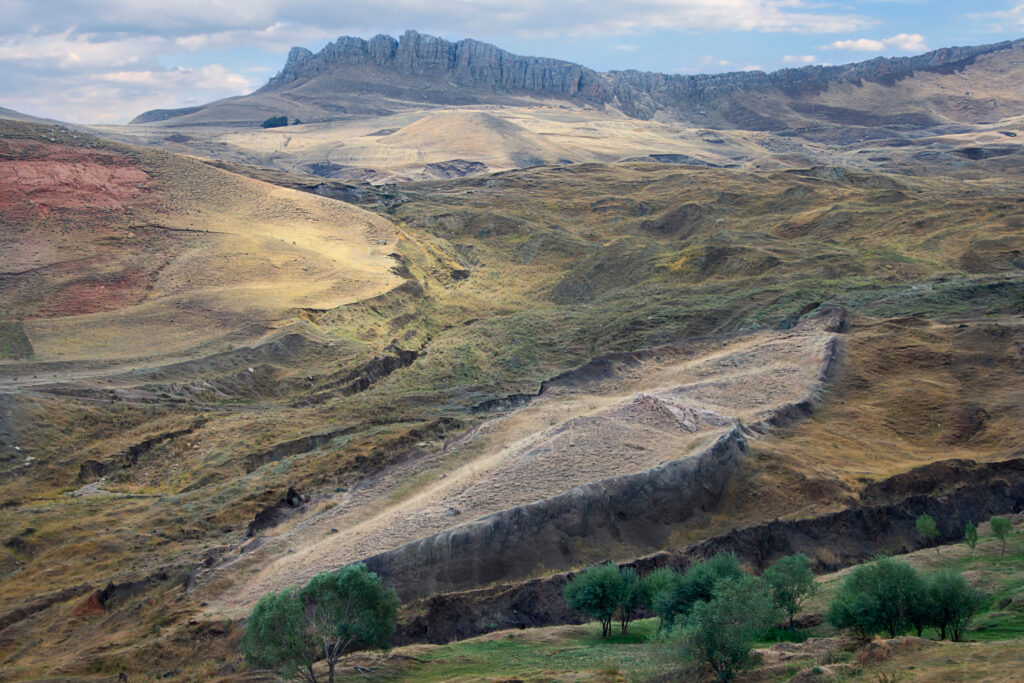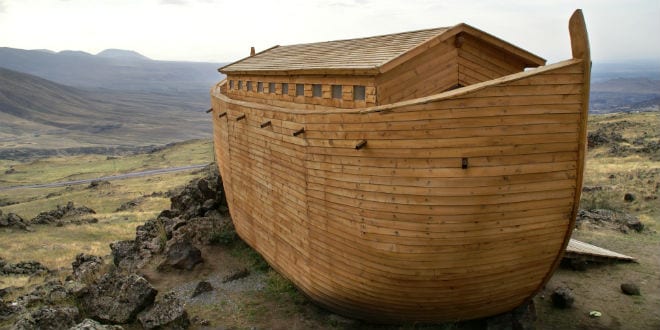A group called Noah’s Ark Scans (NAS) has announced that it is delaying plans to excavate a site near Mount Ararat in Turkey, which it believes is where Noah’s Ark came to rest after the floodwaters receded.
“Excavations at the ‘boat site’ haven’t started yet because we first need more geophysical surveys, core drilling, and careful planning, ” the organization said on its website. “The location lies in an active earth flow with harsh winters, so protecting the area is our top priority. Over the next few years, our Turkish university partners will conduct non-destructive tests, like soil sampling, radar scans, and other methods, to determine if the structures we’ve detected are truly man-made or simply natural formations. Only after we gather enough evidence and have a proper preservation plan in place will we consider excavating.”
NAS stated purpose is the “protection and preservation of the site,” and that “no excavations are planned for this year.”
“The current focus remains on non-invasive scientific investigation and analysis to ensure any future steps are based on solid evidence and a robust preservation strategy,” they stated.
Noah’s Ark Scans told The Sun they are confident of uncovering the truth in the coming years and have already laid out their excavation plans.
Last month, experts presented their findings at the 7th International Symposium on Mount Ararat and Noah’s Ark in eastern Turkey, focusing on the Durupinar formation, a 538-foot geological structure composed of limonite, an ore of iron, located approximately 30 kilometers south of the summit of Mount Ararat, near the Turkey-Iran border. The unusual formation was discovered in 1959 by Turkish army captain Ilhan Durupinar, who spotted the irregular boat formation while snapping aerial photographs of the region for the military.These results were unexpected as the site is about 2,000 meters above sea level and over 50 miles from the nearest body of water.


The Bible names Mount Ararat, Turkey’s highest peak at 5,137 meters, as the final resting place of Noah’s ark after the flood waters receded.
Researchers have noted the formation’s ship-like shape and dimensions that are consistent with those described in the Bible. The Bible specifies the ark’s dimensions as 300 cubits long, 50 cubits wide, and 30 cubits high—approximately 515 feet long, 86 feet wide, and 52 feet high.







